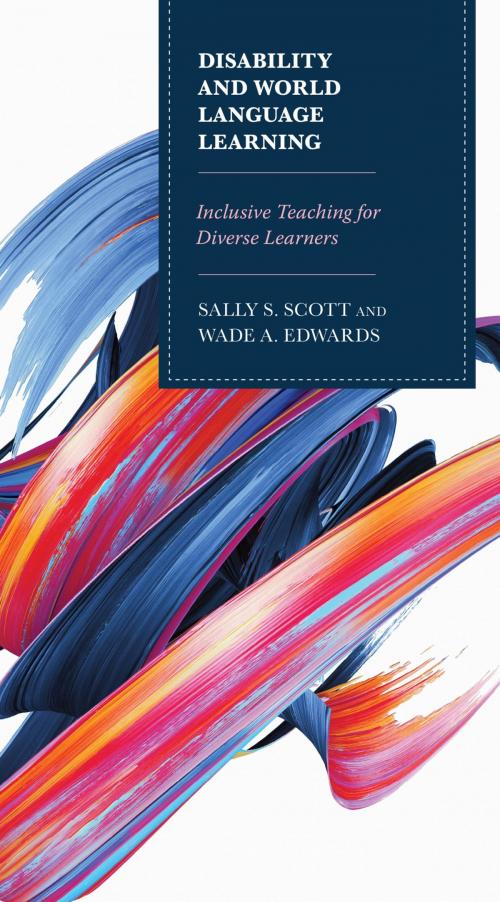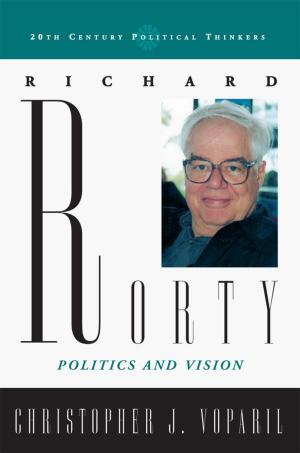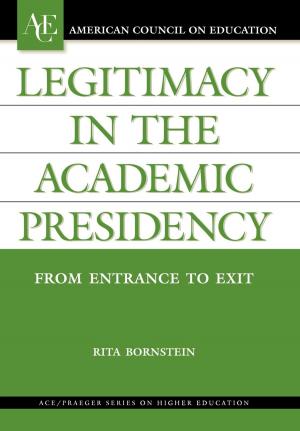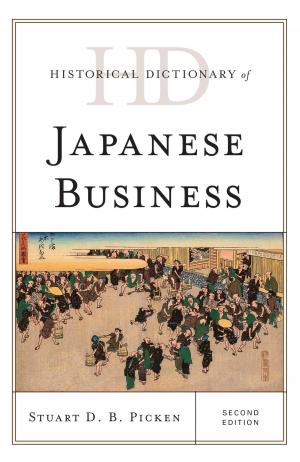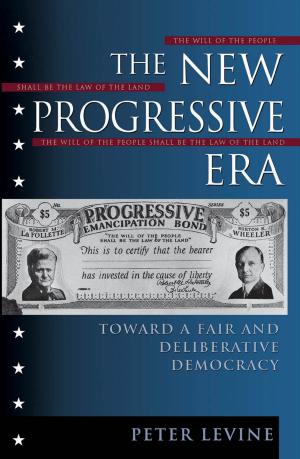Disability and World Language Learning
Inclusive Teaching for Diverse Learners
Nonfiction, Reference & Language, Education & Teaching, Student & Student Life, Special Education, Educational Theory| Author: | Sally Scott, Wade Edwards | ISBN: | 9781475837063 |
| Publisher: | Rowman & Littlefield Publishers | Publication: | December 21, 2018 |
| Imprint: | Rowman & Littlefield Publishers | Language: | English |
| Author: | Sally Scott, Wade Edwards |
| ISBN: | 9781475837063 |
| Publisher: | Rowman & Littlefield Publishers |
| Publication: | December 21, 2018 |
| Imprint: | Rowman & Littlefield Publishers |
| Language: | English |
The release of a report by the Modern Language Association, “Foreign Languages and Higher Education: New Structures for a Changed World,” focused renewed attention on college foreign language instruction at the introductory level. Frequently, the report finds, these beginning courses are taught by part-time and untenured instructors, many of whom remain on the fringes of the department, with little access to ongoing support, pedagogical training, or faculty development. When students with sensory, cognitive or physical disabilities are introduced to this environment, the results can be frustrating for both the student (who may benefit from specific instructional strategies or accommodations) and the instructor (who may be ill-equipped to provide inclusive instruction).
Soon after the MLA report was published, the American Council on the Teaching of Foreign Languages issued “Diversity and Inclusion in Language Programs,” a position statement highlighting the value of inclusive classrooms that support diverse perspectives and learning needs. That statement specifies that all students, regardless of background, should have ample access to language instruction. Meanwhile, in the wake of these two publications, the number of college students with disabilities continues to increase, as has the number of world language courses taught by graduate teaching assistants and contingent faculty.
Disability and World Language Learning begins at the intersection of these two growing concerns: for the diverse learner and for the world language instructor. Devoted to practical classroom strategies based on Universal Design for Instruction, it serves as a timely and valuable resource for all college instructors—adjunct faculty, long-time instructors, and graduate assistants alike—confronting a changing and diversifying world language classroom.
The release of a report by the Modern Language Association, “Foreign Languages and Higher Education: New Structures for a Changed World,” focused renewed attention on college foreign language instruction at the introductory level. Frequently, the report finds, these beginning courses are taught by part-time and untenured instructors, many of whom remain on the fringes of the department, with little access to ongoing support, pedagogical training, or faculty development. When students with sensory, cognitive or physical disabilities are introduced to this environment, the results can be frustrating for both the student (who may benefit from specific instructional strategies or accommodations) and the instructor (who may be ill-equipped to provide inclusive instruction).
Soon after the MLA report was published, the American Council on the Teaching of Foreign Languages issued “Diversity and Inclusion in Language Programs,” a position statement highlighting the value of inclusive classrooms that support diverse perspectives and learning needs. That statement specifies that all students, regardless of background, should have ample access to language instruction. Meanwhile, in the wake of these two publications, the number of college students with disabilities continues to increase, as has the number of world language courses taught by graduate teaching assistants and contingent faculty.
Disability and World Language Learning begins at the intersection of these two growing concerns: for the diverse learner and for the world language instructor. Devoted to practical classroom strategies based on Universal Design for Instruction, it serves as a timely and valuable resource for all college instructors—adjunct faculty, long-time instructors, and graduate assistants alike—confronting a changing and diversifying world language classroom.
